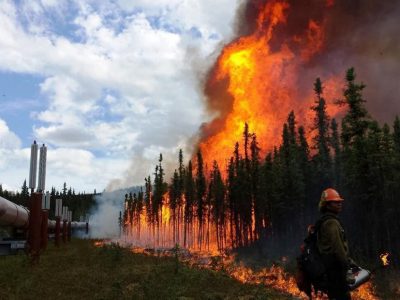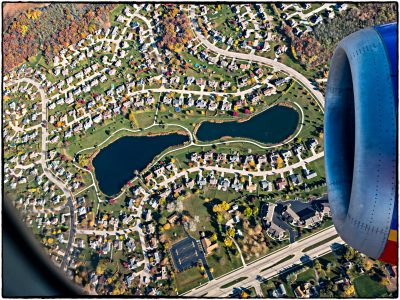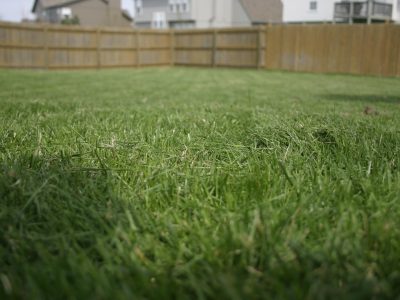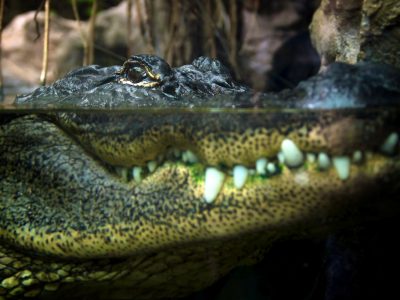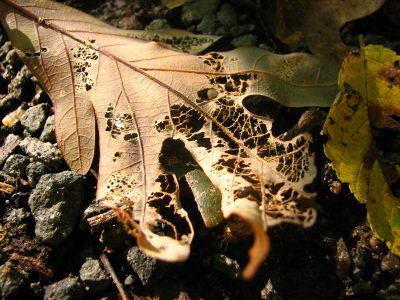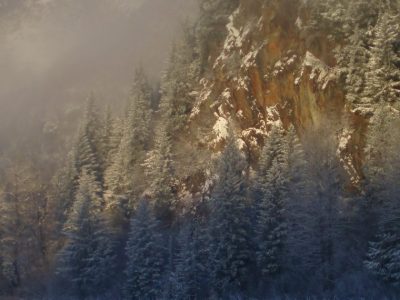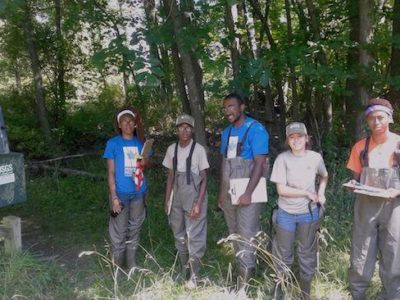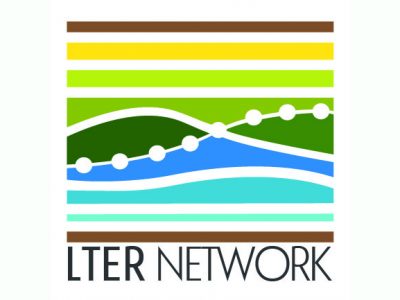A “Landscape of Fear” May Offer Alternative Pest Control
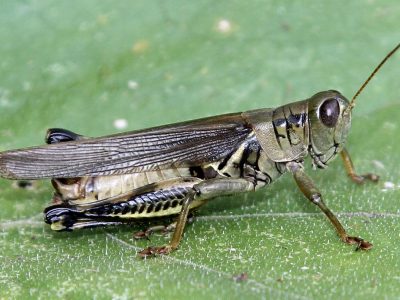
Credit: Jim, the photographer. CC Y 2.0To reduce the risk of being eaten, prey animals may change their behavior (by staying hidden during certain hours, for example) and adapt physiologically. Although these responses help prey survive in the short-term, they also suppress their ability to move and reproduce. By studying insect responses to the risk… Read more »

